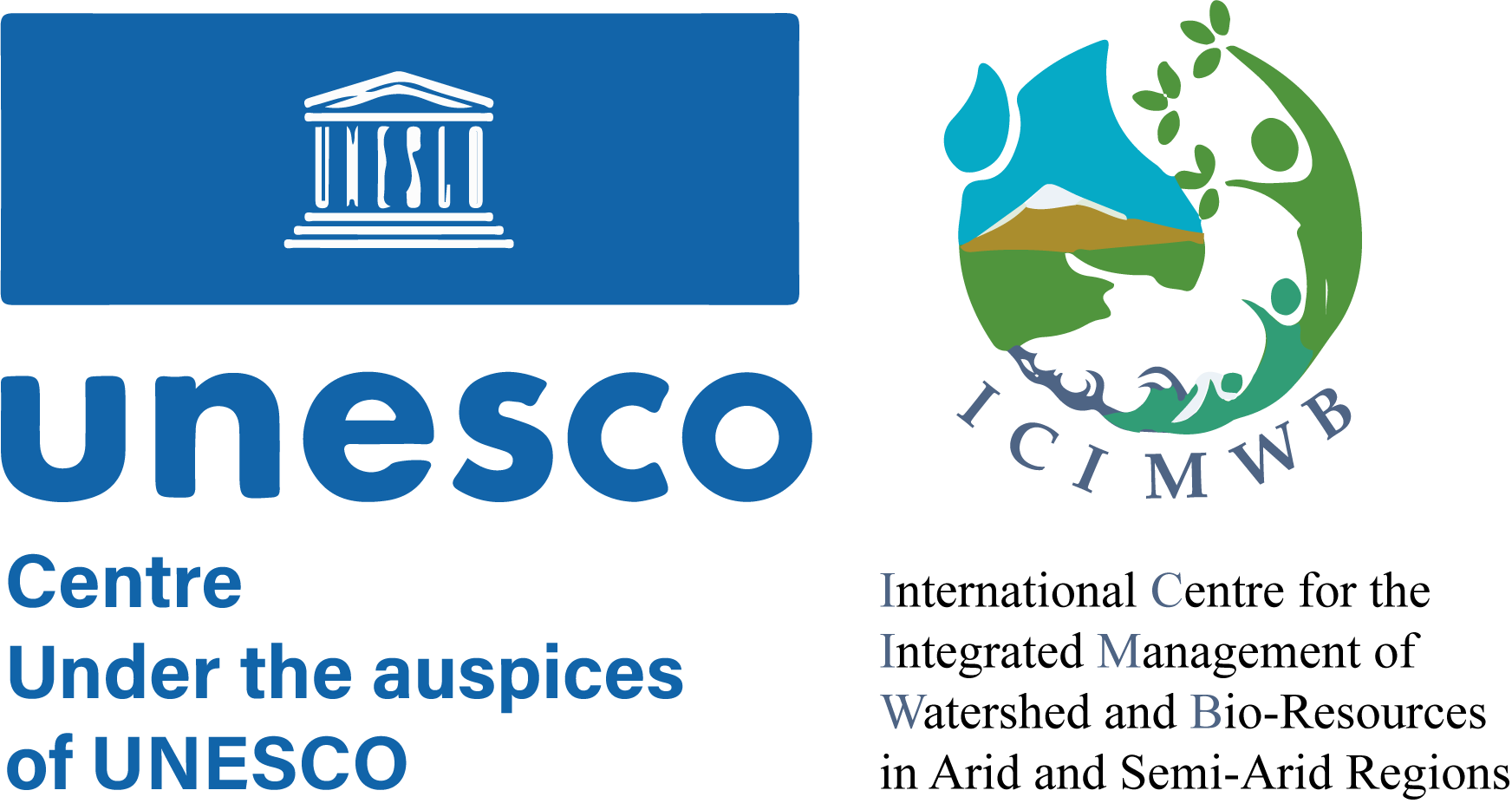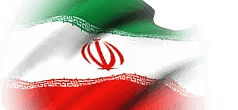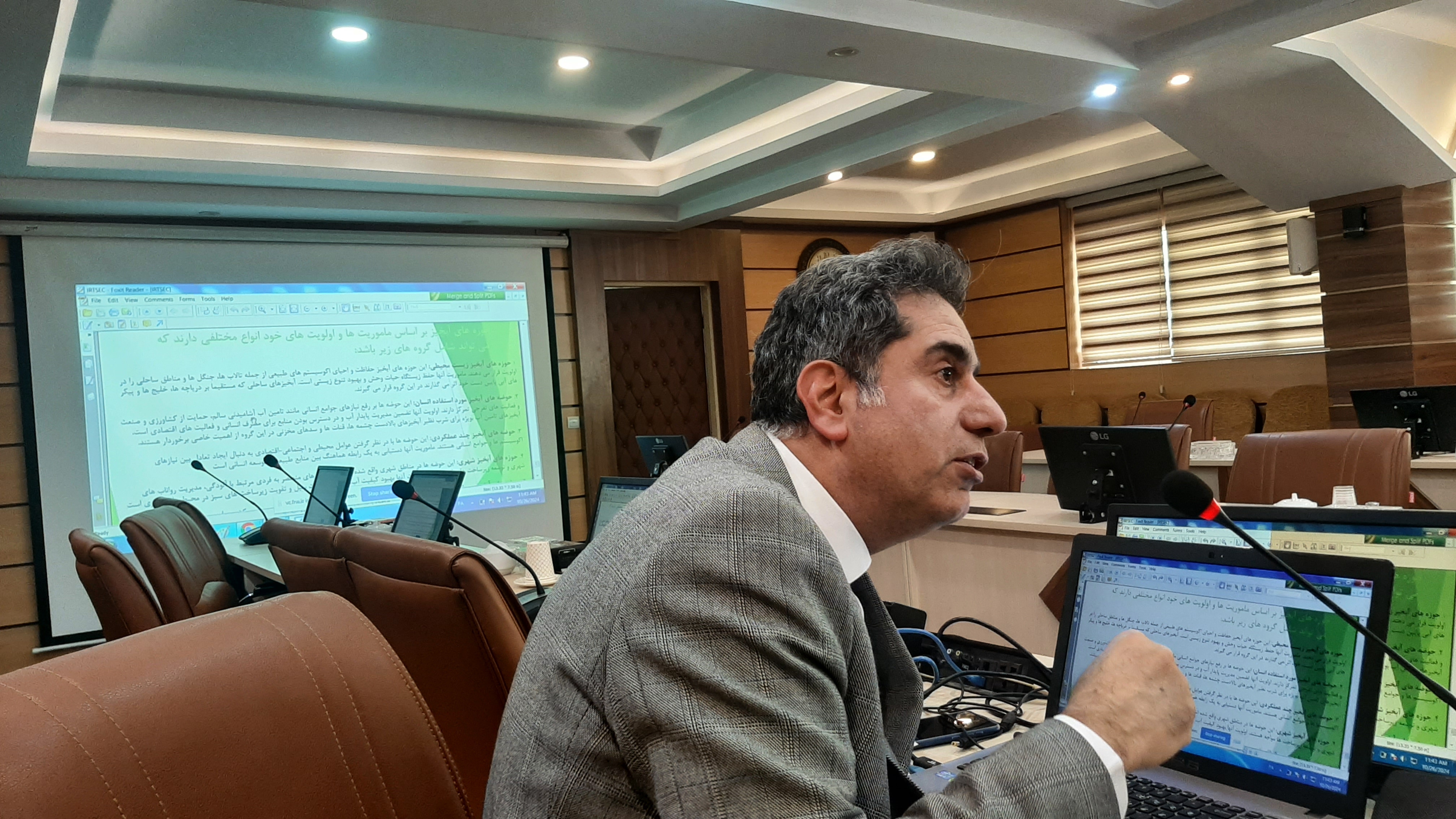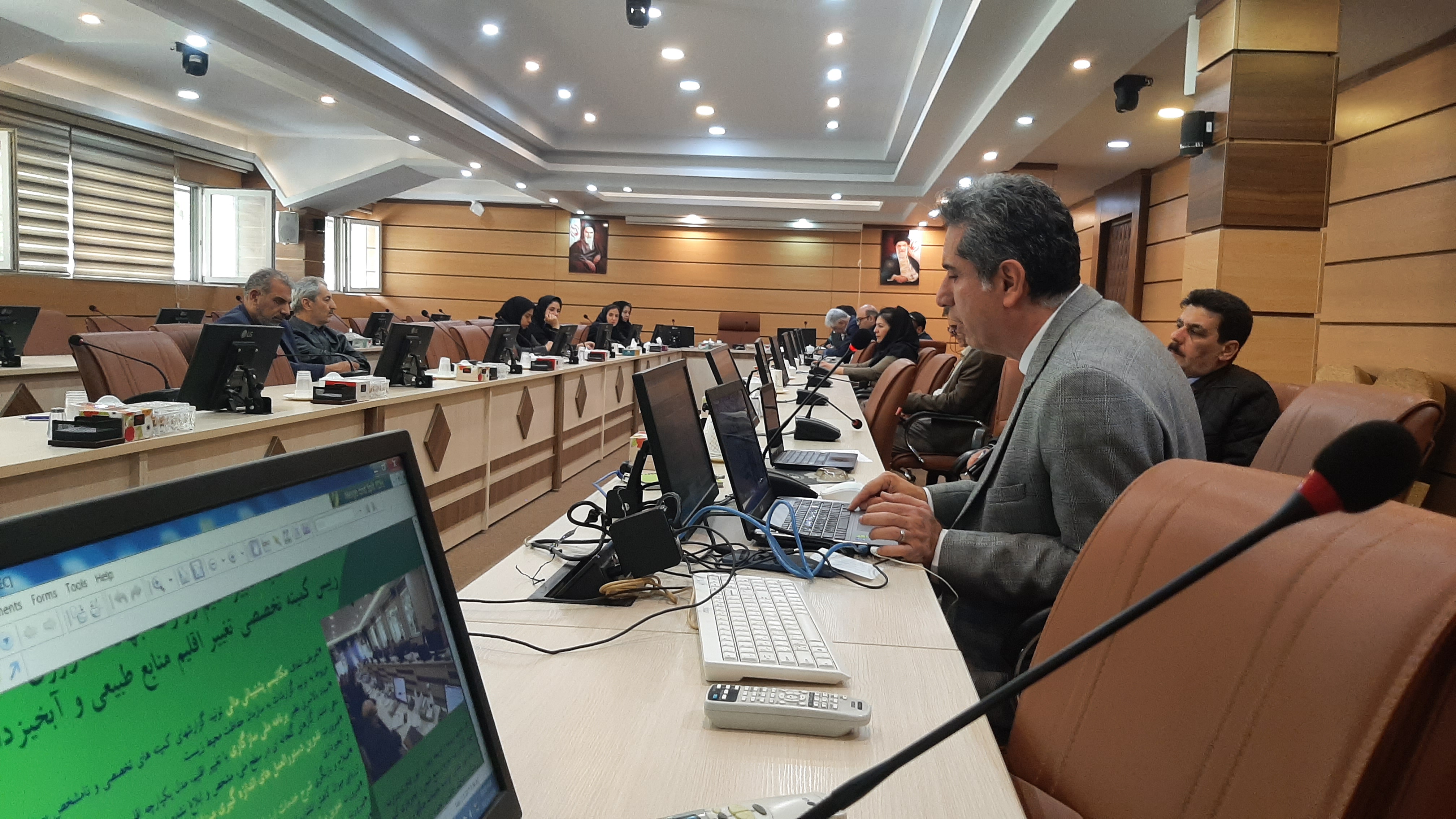







Final Details
Aras UNESCO Global Geopark
2024,01,20
International Literacy Day
2024,01,10
Information Note
2024,01,05
United Nations sustainable development cooperation framework with Iran
2023,09,22
AGREEMENT BETWEEN THE UNITED NATIONS EDUCATIONAL SCIENTIFIC AND CULTURAL ORGANIZATION (UNESCO) AND THE GOVERNMENT OF THE ISLAMIC REPUBLIC OF IRAN
2024,04-20
Specialized Meeting
The fifth specialized meeting on Integrated Watershed Management and Biological Resources was held.

Dr. Hamid Nouri, the head of the International Center for Integrated Management of Watershed and Bio-Resources in Arid and Semi-Arid Regions was the speaker of the fifth specialized meeting on Integrated Watershed Management and Biological Resources, which took place on October 26, 2023, as a hybrid session (online and in-person).
Dr. Nouri emphasized key points in the preparation of the strategic document for integrated management of provinces. At the beginning of his speech, he recalled the rationale behind the establishment of the International Center for Integrated Watershed Management, its functions, and organizational structure. He described the actions taken by the center over the past year, particularly the organization of the first international board meeting on integrated management and reviewed its decisions. Nouri indicated that the signing of a memorandum of cooperation with the International Center for Erosion and Sediment in China (IRTCEZ) was the second significant international action of the center, and he also mentioned the initiation of cooperation with the Chinese Academy of Sciences as the third such action. Furthermore, he deemed participation in the COP29 conference, which will take place in Kazakhstan at the end of November this year, to be very important, stating that this conference is the highest level of decision-making concerning climate change at the international level. He mentioned that a team from the Natural Resources Organization would accompany him as representatives of the Islamic Republic of Iran at this conference.
Dr. Nouri then elaborated on the conceptual model and integrated management model developed by the University of Natural Resources in Gorgan, stating that aside from the adjustments made by this center regarding the decision-support system, the rest had been approved by this center and needed to be included in the strategic document.
Diagnosis of Current Situation
Dr. Nouri described the analysis of the current situation, identifying the most important challenges and expected outcomes in integrated watershed management and outlining the roadmap to be considered in the strategic document.
Nouri explained the separation and breakdown of the program into four phases, which are as follows:
23 Executive Steps of the Program
Nouri outlined the 23 executive steps of the program as follows:
Nouri elaborated on the thirteen operational phases coordinated with the Ministry of Interior and communicated to the governors.
At the end of the session, 19 key issues and challenges in the Atrak and Ghareh Su-Gorgan watersheds were presented to the attendees. Towards the end of the meeting, the screening of programs and projects aligned with the Seventh Development Plan in the fields of water, agriculture, and natural resources was discussed.
In conclusion, the head of the International Center for Integrated Management stated that due to the length of the presentation, a separate meeting would be held to hear the opinions of the general directorates of natural resources, and the PowerPoint presentation from this meeting would be made available to the general directorates of natural resources in the provinces for review and completion. Nouri finally announced the questions and topics for future meetings as follows:


![]() ارسال به دوست
ارسال به دوست
Specialized Session of the International Center for Integrated Management of Watershed and Bio-Resources in Arid and Semi-Arid Regions 1403/11/3
Specialized Session of the International Center for Integrated Management of Watershed and Bio-Resources in Arid and Semi-Arid Regions 1403/11/3
The option to download the climate change glossary has been made available through the UNDP website. 1403/10/16
International Center Meeting with the Agricultural and Natural Resources Research and Training Center of Khuzestan Province and the Khuzestan Water an 1403/10/16
The fifth specialized meeting on Integrated Watershed Management and Biological Resources was held. 1403/10/16
Dr. Mahdi Kamali, Speaker at the Fourth Specialized Meeting on Integrated Watershed Management 1403/10/16
Holding the Thirteenth National Conference on Rainwater Harvesting Systems in Iran 1403/10/16
The success of World Soil Day Depends on Your Participation! 1403/10/16
A Memorandum of Understanding (MOU) was signed with the International Research and Training Center on Erosion and Sedimentation (IRTCES) in China. 1403/10/16
پیش بینی وضعیت دما و بارش کشوردر فصول پاییز و زمستان سال جاری 1403/10/16
The National Program and Budget Organization is pursuing effective management measures in the Atrak watershed. 1403/10/16
Integrated Watershed Management in the Work Plans of the Minister of Agricultural Jihad 1403/10/16
International Research and Training Center on Erosion and Sediment Control (IRTSEC) in China 1403/10/16
Management Estimation of 16 trillion tomans for implementing watershed management on 4 million hectares 1403/10/16
Commemorating the 40th anniversary of the establishment of the International Research and Training Center on Erosion and Sedimentation (IRTCES) 1403/10/16
Dr. Hamid Nouri's Membership in the Climate Change Committee of the Ministry of Agriculture 1403/10/16
The first session of the Strategic Council for Integrated Watershed Management was held today - Wednesday, August 14th 1403/10/16
Holding the second specialized with the title of Applied Analysis of Integrated Management of Watershed 1403/8/6
The first session from a series of specialized sessions 1403/8/6
The inaugural session of the series of specialized workshops 1403/8/6